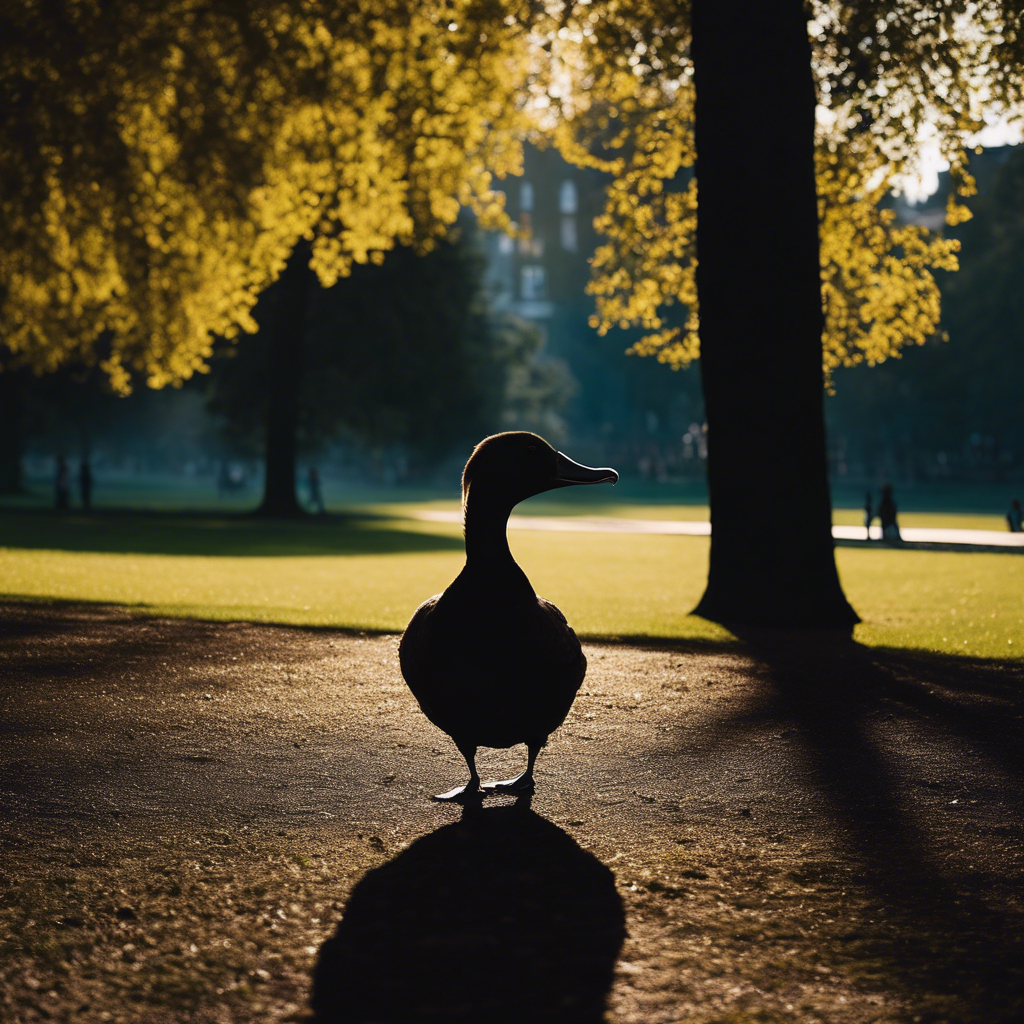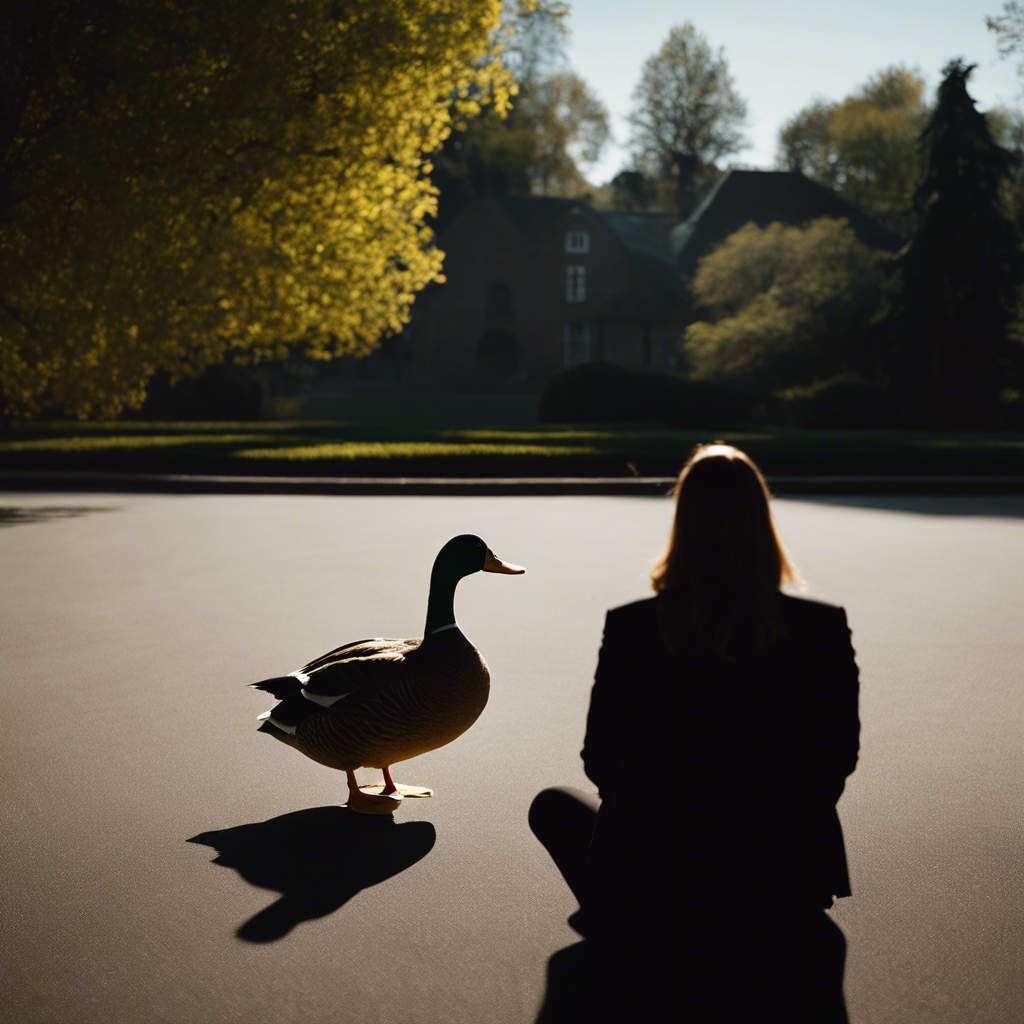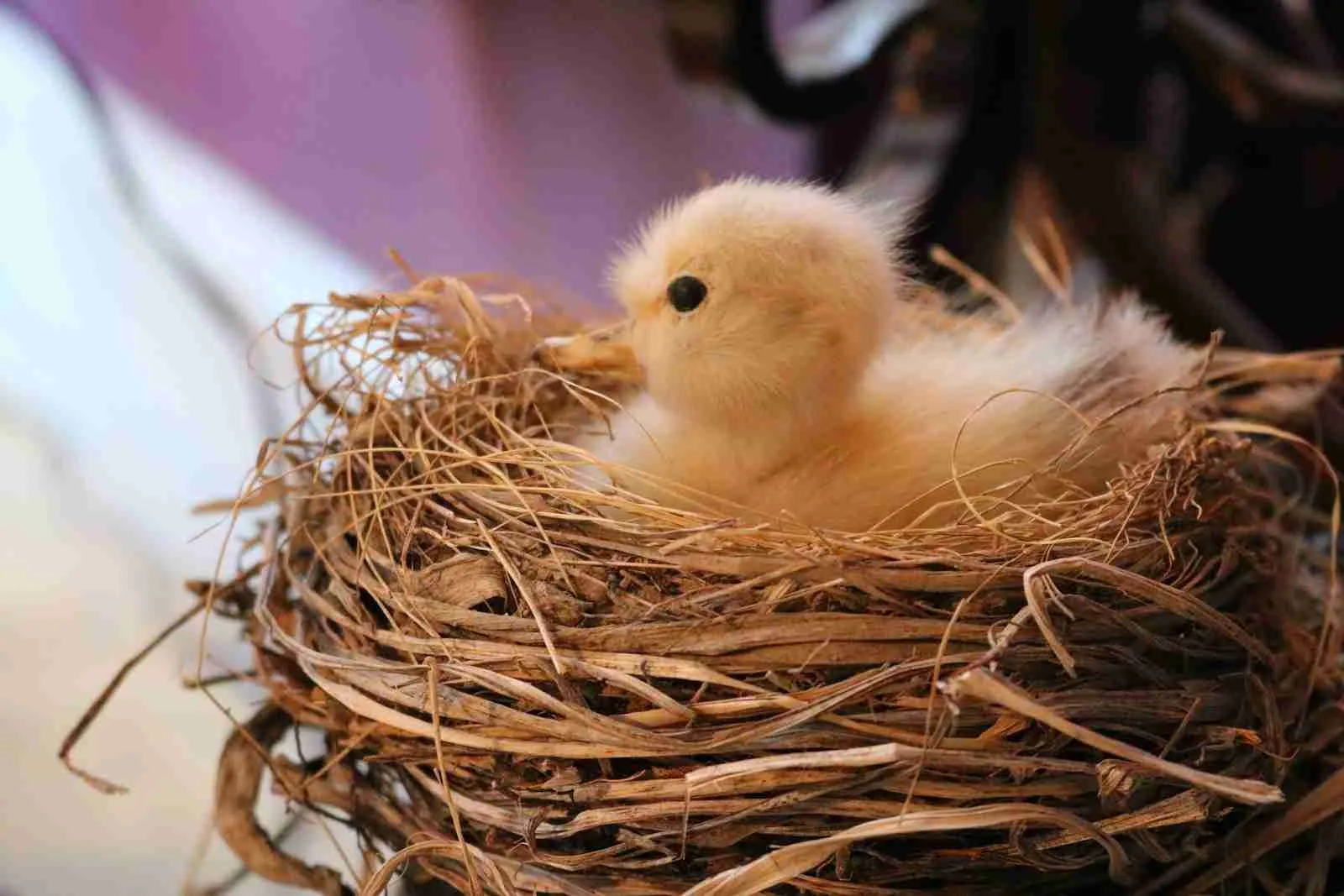As an expert in the field of psychoneurology, my experience with anatidaephobia has been both fascinating and enlightening. I believe that this peculiar fear provides a unique window into the human psyche.
Once, during a patient interview, I noticed a palpable tension whenever a duck was mentioned. The patient described feeling watched, a sensation so profound it disrupted their daily routine. Their heart raced, palms sweated, and a sense of panic ensued.
Through therapy, we traced this fear back to a childhood incident involving a duck at a local pond. This case exemplified the complex interplay between memory and fear response in the brain.
Key Takeaways
- Anatidaephobia is a fear of being constantly watched by a duck or goose, causing real distress.
- The fear can lead to panic attacks, persistent negative thoughts, physical symptoms, and avoidance behavior.
- Anatidaephobia is a treatable condition through cognitive-behavioral therapy and coping strategies.
- Seeking professional help is important for symptoms that interfere with daily life, and support can lead to gradual recovery.
Understanding Anatidaephobia

Delving into anatidaephobia reveals a peculiar fear, one where individuals experience anxiety over the belief that they’re under the constant surveillance of a duck or goose. Originating from a Gary Larson Far Side comic, anatidaephobia isn’t a clinically recognized specific phobia, yet it embodies the characteristics of an irrational fear that can elicit real distress.
To overcome anatidaephobia, a treatment plan may include exposure therapy, which gradually desensitizes you to the fear of ducks, and cognitive-behavioral therapy, which reshapes your thought patterns about the improbable fear that somewhere a duck is watching.
Though whimsical in its conception, the distress experienced can mirror that of other specific phobias, necessitating similar therapeutic strategies for relief.
Recognizing the Symptoms

In the grips of anatidaephobia, you may experience chest pain, rapid breathing, and a cascade of other distressing symptoms that intrude on everyday life. This specific phobia triggers intense anxiety when you’re faced with the fear that a duck is watching you. The scientific analysis of these symptoms reveals a complex psychological response.
- Panic attacks: Sudden, overwhelming episodes of fear that may include palpitations and dizziness.
- Negative thoughts: Persistent, irrational beliefs related to ducks and being observed.
- Physical symptoms: Shaking, sweating, and gastrointestinal distress linked to the phobia.
- Avoidance behavior: Deliberate efforts to evade places or situations where ducks might be present.
- Cognitive disruption: Difficulty concentrating or completing tasks due to intrusive fear-related thoughts.
Understanding these symptoms is crucial for developing effective coping strategies and seeking appropriate treatment.
Overcoming the Fear

Understanding that anatidaephobia is a treatable condition can empower you to actively seek methods for overcoming the persistent fear of being watched by ducks. Recognizing that this specific phobia might be disrupting your life is the first step toward recovery.
Therapy, notably cognitive-behavioral therapy (CBT), has been medically reviewed and shown to be effective in treating phobias by reshaping thought patterns and behaviors.
Additionally, coping strategies such as deep breathing exercises can aid in managing anxiety in the moment. If you’re experiencing symptoms that interfere with daily activities, it’s crucial to seek professional help.
A combination of support and treatment can significantly improve your ability to function, gradually leading to overcoming the fear entirely.
Seeking Professional Assistance

Seeking professional assistance is a decisive step toward regaining control when a specific phobia, such as anatidaephobia, begins to dominate your daily life and mental well-being. This type of specific phobia can be rooted in past traumatic experiences or arise inexplicably. The Diagnostic and Statistical Manual of Mental Disorders (DSM) categorizes anatidaephobia under anxiety disorders, providing a framework for mental health professionals to diagnose and propose treatment plans.
- Contact the SAMHSA National Helpline for guidance and resources.
- Consult with a mental health professional experienced in phobias.
- Explore exposure therapy, commonly used to treat phobias.
- Consider cognitive-behavioral therapy (CBT) to address underlying thought patterns.
- Engage with support networks, such as the Institute of Mental Health.
These steps are critical in managing symptoms and improving overall quality of life.
Frequently Asked Questions
What Is the Rarest Phobia?
You’re asking about the rarest phobia, which is challenging to pinpoint due to the vast range of unreported or undocumented fears that individuals might privately experience.
What Is the Fear of a Goose Looking at You?
You’re likely describing anatidaephobia, a term coined humorously for the unfounded fear that a goose or duck is watching you, though it’s not officially recognized in psychological diagnostic manuals.
What Is Anna Phobia?
You’re inquiring about “anna phobia,” which likely refers to anatidaephobia, the irrational fear you’re being watched by a duck, a non-clinical term rooted in a humorous comic, not an officially recognized anxiety disorder.
What Is Scopophobia?
Scopophobia is the fear of being stared at. If you’re experiencing it, you might feel anxious in situations where you’re the focus of attention, leading to discomfort and avoidance behaviors.
Conclusion
In conclusion, you’re not alone if you’re grappling with anatidaephobia. This fear, though not formally recognized, can trigger real symptoms, disrupting your life.
It’s crucial to acknowledge its impacts and seek professional help. Therapists can offer cognitive-behavioral strategies, potentially combined with medication, to manage your anxiety.
By confronting this phobia scientifically and proactively, you can mitigate its effects, reclaiming control over your well-being and daily routine. Remember, treatment is both effective and accessible.

An avid ornithologist, zoologist and biologist with an unwavering passion for birds and wild animals.
Dr. Wilson’s journey in ornithology began in childhood and led him to obtain a Ph.D. in Ornithology from the prestigious Avian Research Institute. He has worked closely with renowned experts in the field and conducted extensive research and field studies globally.




